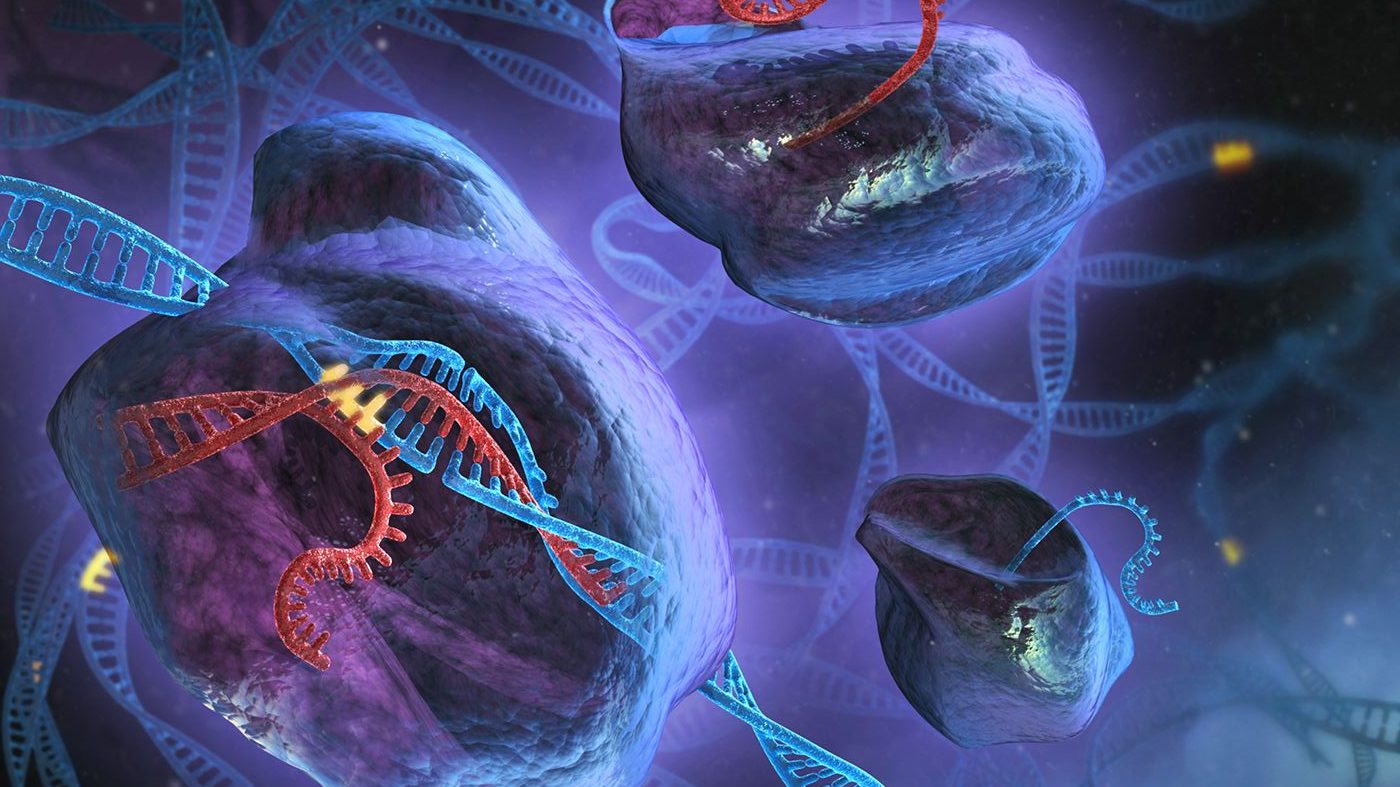
There’s been a lot of press concerning a new biotechnology called CRISPR/Cas9, or simply CRISPR. This technology, which is based on the discovery of naturally-occurring bacterial defense mechanisms, has attracted an enormous amount of biotech investment. It has also excited the imaginations of scientists, clinicians, and rare disease advocates everywhere.
How might CRISPR be applied to Fragile X syndrome? CRISPR offers the tantalizing possibility of “editing” genes very precisely, and it could (theoretically) excise the methylated trinucleotide repeat sequence from Fragile X cells, rendering them entirely normal.
CRISPR: A Developing Technology
First, it is important to understand that this is a developing technology. CRISPR is a powerful new research tool for editing genes; it can be used to enhance gene therapy approaches in vitro (in a dish in the lab), and to knock out genes quickly and easily. To date, its biggest advantage is the speed and cost-effectiveness with which it can be used in any given application. It is clearly a big step forward compared to previous techniques.
However, there are many technical challenges involved in translating this laboratory technique into human therapeutics. Most efforts to use CRISPR have been in animal models, and the few attempts to move into human tissues have had worrisome problems:
“Scientists need to increase the efficiency of editing, but at the same time make sure that they do not introduce changes elsewhere in the genome that have consequences for health. “These enzymes will cut in places other than the places you have designed them to cut, and that has lots of implications,” says Haber. “If you’re going to replace somebody’s sickle-cell gene in a stem cell, you’re going to be asked, ‘Well, what other damage might you have done at other sites in the genome?’” (ref)
A Pecking Order of Diseases
Most of the CRISPR-based therapeutics in development focus on “ex vivo” manipulations where cells (like blood cells) can be removed from the patient’s body, treated, and then replaced. This is similar to the development of previous gene therapies utilizing viral vectors—access to tissues is key, and it is much easier to get the biological therapeutics into cells if the cells can be brought into the lab.
Obviously, this method isn’t well suited to treatment of brain disorders. Indeed, there is a kind of “pecking order” of diseases, in terms of their suitability for these “biotech” therapeutic strategies. The first (and easiest) diseases to treat are those that can be approached by ex vivo techniques — blood based conditions like hemophilia and various anemias. Next in line are those in which the target organ is close to the surface, such as lungs or skin. After that, various “solid” organs like the liver or muscles can be targeted.
At the end of the development line come the brain disorders. The brain is the most difficult organ to access with biological therapeutics (as opposed to drugs) and it is important in most brain disorders to treat every cell equally. Even among brain disorders, Fragile X will likely be far down on the priority list, since any risk/benefit analysis favors lethal conditions, where a higher level of risk is ethically justified. Thus, we will know when CRISPR is ready for use in Fragile X when can see its routine use in other, “easier” conditions, progressing into other, more challenging disorders. At that point we’ll know the technique has been perfected and can be used safely to treat Fragile X.
However, in the meantime, CRISPR is a powerful tool for earlier-stage investigations into Fragile X – to better understand the disease and to explore the potential for turning the gene on, in cellular models. CRISPR can generate new human models of FXS in which to validate therapeutic strategies. It will accelerate the pace and lower the cost of research on many genetics conditions.
Written by
Michael Tranfaglia, MD
Medical Director, Treasurer, Co-Founder
Dr. Michael Tranfaglia is Medical Director and Chief Scientific Officer of FRAXA Research Foundation, coordinating the Foundation’s research strategy and working with university and industry scientists to develop new therapeutic agents for Fragile X. He has a BA in Biology from Harvard University and an MD from the University of North Carolina at Chapel Hill. His son Andy has Fragile X syndrome.


